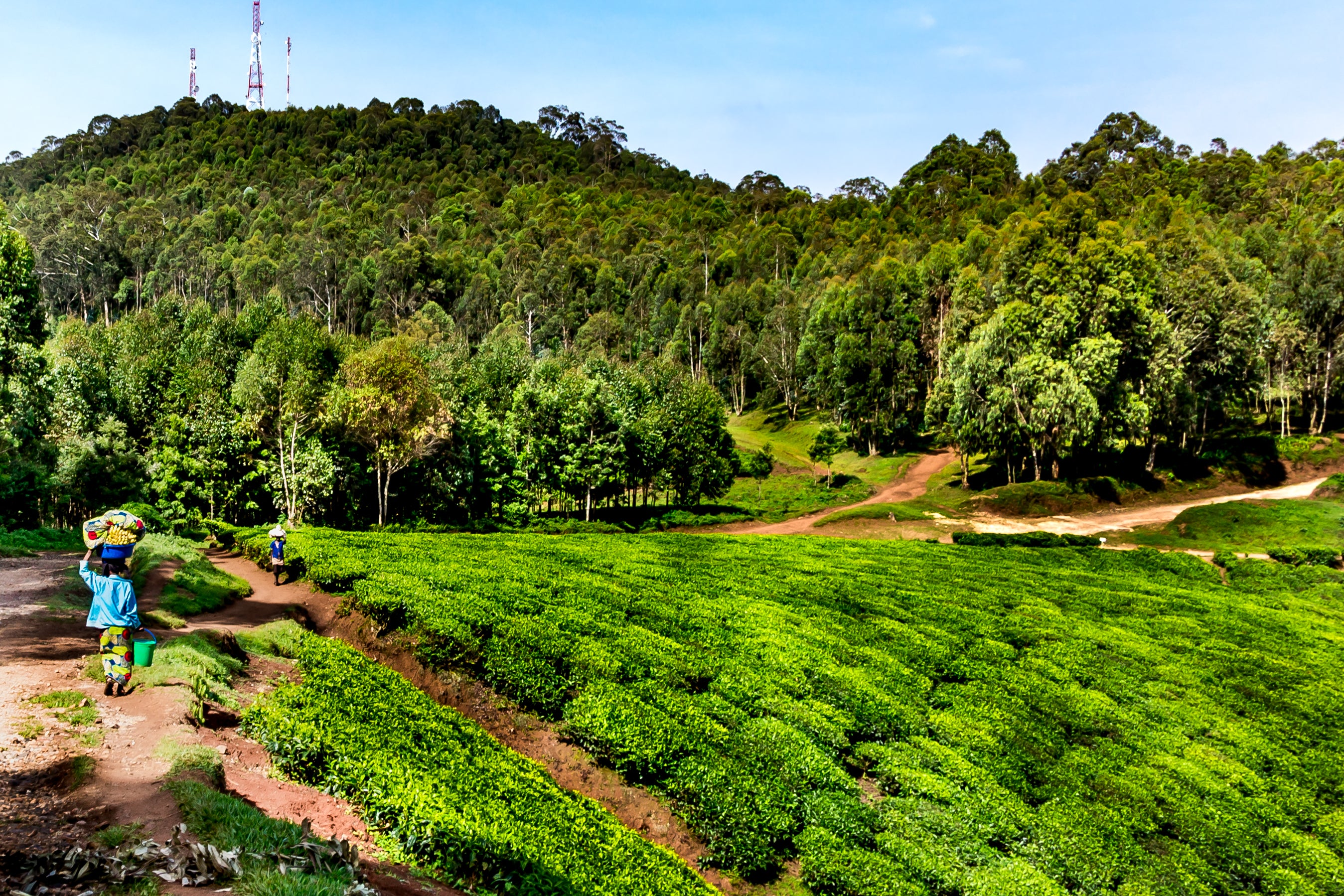Expected Development Impact
WOMEN’S ECONOMIC EMPOWERMENT
- Supporting decent women’s employment: The company developed a gender action plan to improve the recruitment of women and retention in the workforce, reduce absenteeism, and boost productivity. Miro put in place measures to support women employees at work and through their Corporate Social Responsibility (CSR) activities such as building over 5 community kindergartens, health awareness programs and women’s entrepreneur training for the community.
- Creating jobs for women: Miro signed a 2X Challenge commitment based on their target to increase the proportion of women in their workforce to 40% over the next two years in Ghana (currently 26%), which is an ambitious goal for a forestry company operating in remote areas of West Africa.
